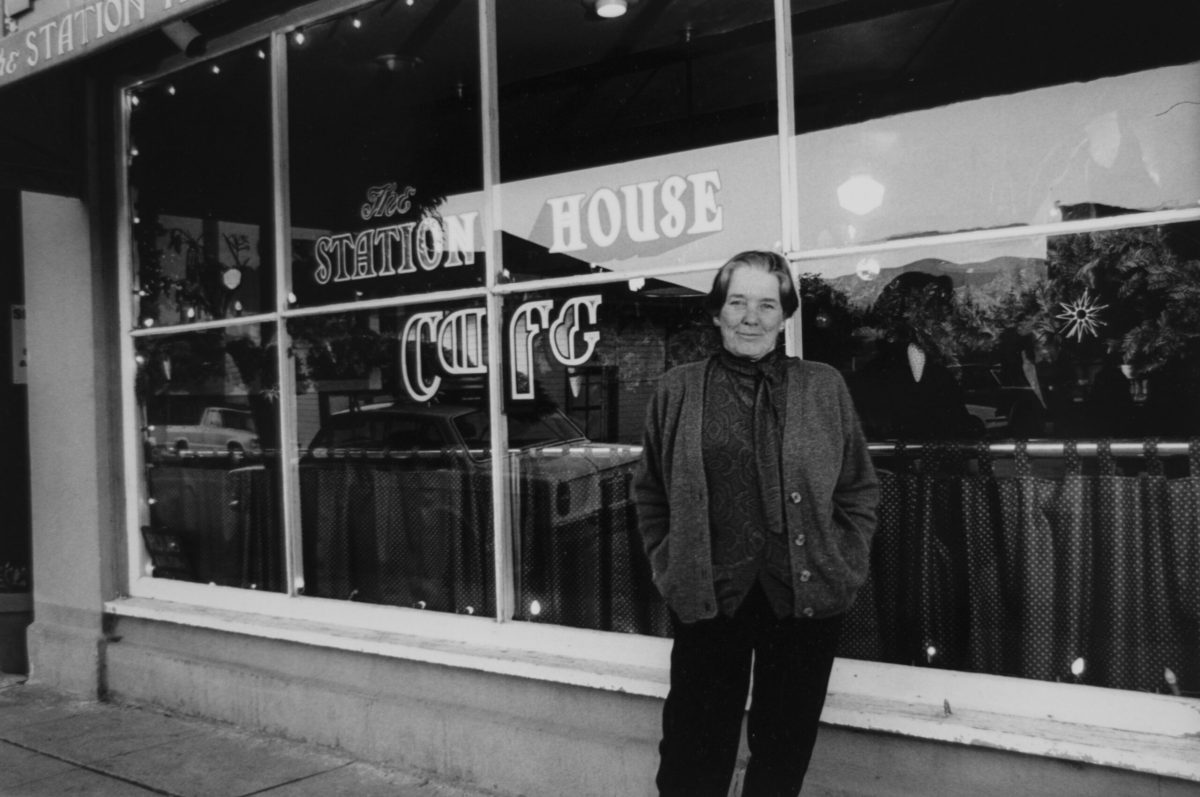Pat Healy, a jazz singer and actress who owned restaurants in West Marin and was known for her vibrancy, community involvement and strong will . . .
Pat Healy, singer and restaurateur, dies at 92


Pat Healy, a jazz singer and actress who owned restaurants in West Marin and was known for her vibrancy, community involvement and strong will . . .